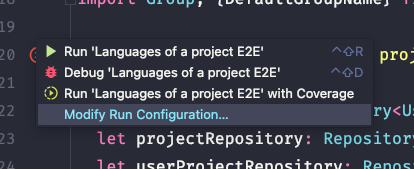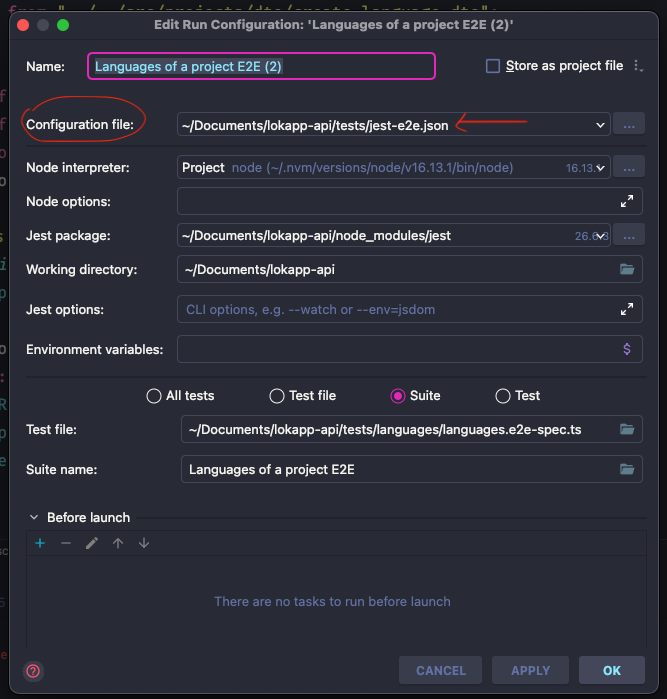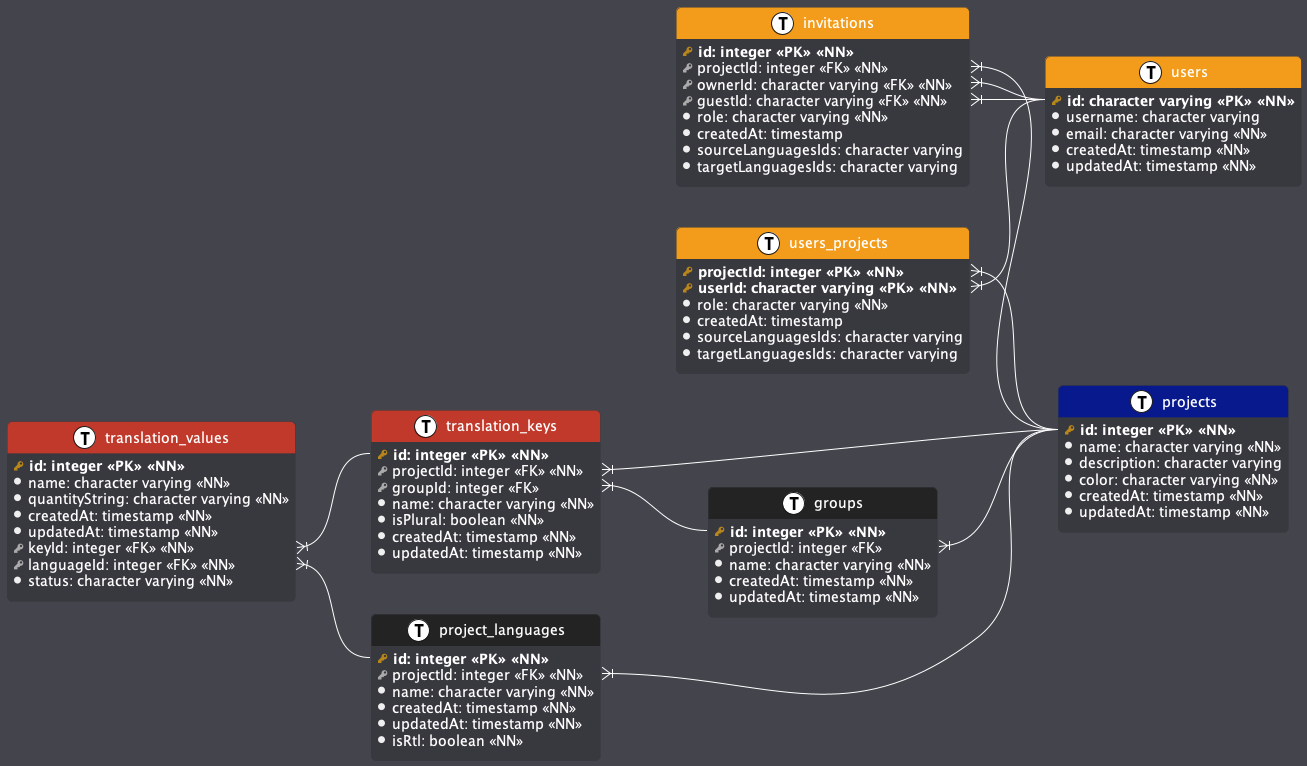An API to help you manage the translations of all your mobile and web projects.
This API provides you an environment to store the translations of several projects.
You can also checkout our webapp to manage your translations and export them as Android, iOS or JSON ready-to-use localized files.
Here are some tools or frameworks this API has been built with:
Create as many projects as you want, each one with its own languages, translations and users.
Manage your users and who can access to your projects.
See the Role documentation to learn more about the different roles the API can handle.
Create groups within a project in order to get a tidy list of translations.
Specify which languages your project supports, then manage your translation keys and their translated content.
Create groups to organize your translations by module or by feature for instance.
Handle both singular and plural translations.
See the Plural documentation to learn more about how to deal with plurals strings.
- Clone the repo
git clone https://github.com/lokappio/lokapp-api.git - Install NPM packages
npm install - Edit your environment variables
- Launch the database
- Start the API
npm run start:dev
To run all the end-to-end tests, executing the following command:
npm run test:e2e
If you use Webstorm to run your tests individually, you need to set the jest configuration for each Run Configuration. You can set it as followed :
- First, right click on the launch icon to the left side of the IDE, and click on "Modify Run Configuration"
- On the configuration windows, select the file ./tests/jest-e2e.json. Click on "Apply" button
- You can now launch the tests by clicking on the "Run" button
To make the API running, you need to specify your database URL in the DATABASE_URL variable.
You can copy the .env.sample file in a .env and edit it:
cp .env.sample .env
You can find the API documentation of the API on Bump.sh
Locally, you can access the Swagger documentation once the API is up and running at http://localhost:5000/api/documentation.
While the API is running, you can create any client to interact with the API or play with Postman to call the diffrent endpoints.
The majority of the endpoints require you to be autenticated to access it. To do so, you need to provide a token within the Authorization header of the request:
Authorization: Bearer YOUR_TOKEN_HERE
See the Authentication documentation to learn more about the current authentication.
A Postman's collection can be found here.
To try out our product, you can use our demo.
Distributed under the Apache 2.0 License. See LICENSE for more information.

Lokapp is built by Playmoweb, a mobile agency building web apps, native Android and iOS applications.





